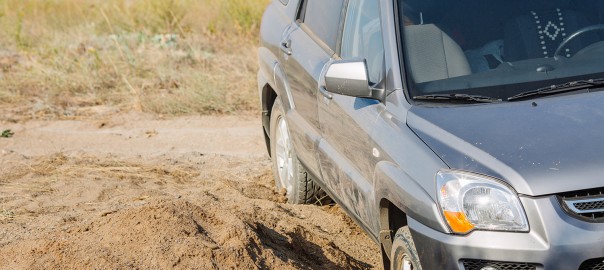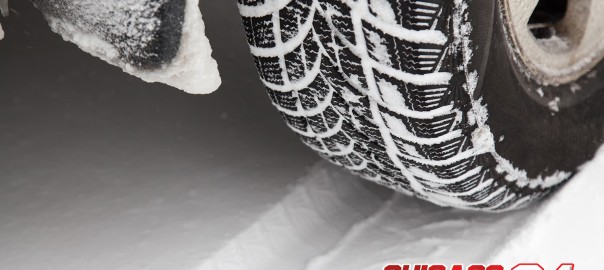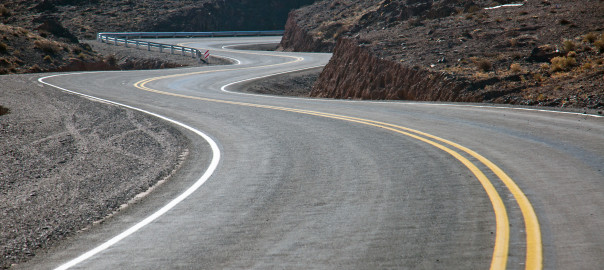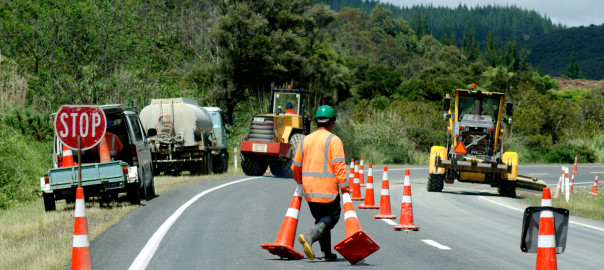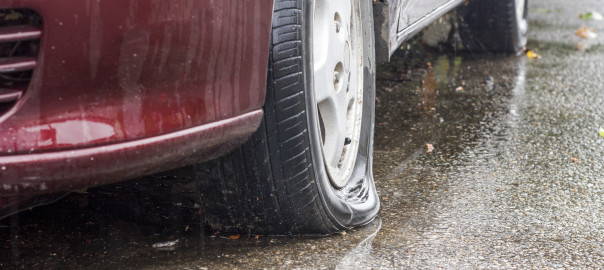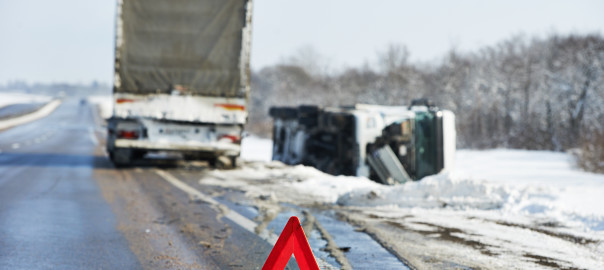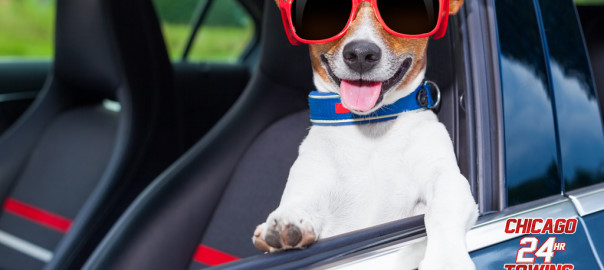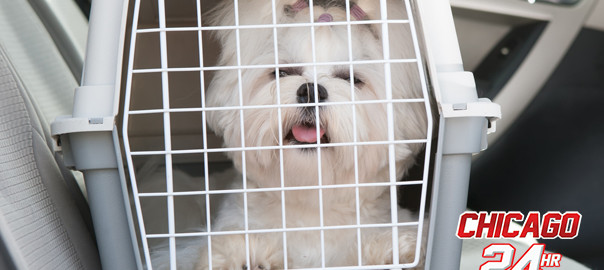If you’re the lucky owner of a dog, you might feel at odds when embarking on a family trip. Travel can be stressful for dogs, but with the right preparation, it can be both safe and fun. Here are 10 tips for safely driving along with your canine companion.
Safe Securing
Make sure that your dog is secure in a ventilated carrier. Many carriers are available, from wire mesh or plastic ones, to carriers with soft sides. Just make sure it’s large enough for your dog to fully stand, lay down, and turn around inside. We recommend allowing your pet to get comfortable with being inside the carrier earlier than right before you leave on your trip.
Training
Get your doggy ready for long trips by taking them on short drives in the crate, making the drive longer each subsequent time.
Feeding
Make sure to feed your pet at least 3 to 4 hours before you leave. It’s best not to feed them during the drive.
Never leave dogs alone in a car
Never leave any pet (or child for that matter) by themselves inside a parked car. During hot days, parked cars become like ovens, and in cold weather, they become like freezers.
Safety Kits
Make sure to bring your pet’s travel papers, medicine, food, water, bowl, leash, poop scoop, plastic bags, grooming tools, first aid kit, and any familiar toys that may make your dog feel more safe and comfortable.
IDs
Make sure that your dog has a microchip with their information embedded and always wears a collar with your home address and number on it, as well as any important contact or medical information.
Window Safety
As fun as it looks ,never let your dog stick their head out the window while you drive. Keep the dog in the back seat, inside their box, with their harness snugly and safely attached to a seat belt.
Cross State Safety
If you’re traveling to a different state than your home state, make sure to bring along any vital medical information for your dog, including rabies vaccination records.
Water
Bring your own tap water in jugs, or simply buy bottled water. Additives inside local water might hurt your pet’s stomach.
Accident Proofing
We recommend, especially if you’re traveling with your dog in front, to invest money in floor liners made of rubber and seat covers that are waterproof – just in case they pee. These are all available at the majority of car accessory stores, or pet supply stores.






